“When not working on a cure for Covid, I play accordion on the rocks”
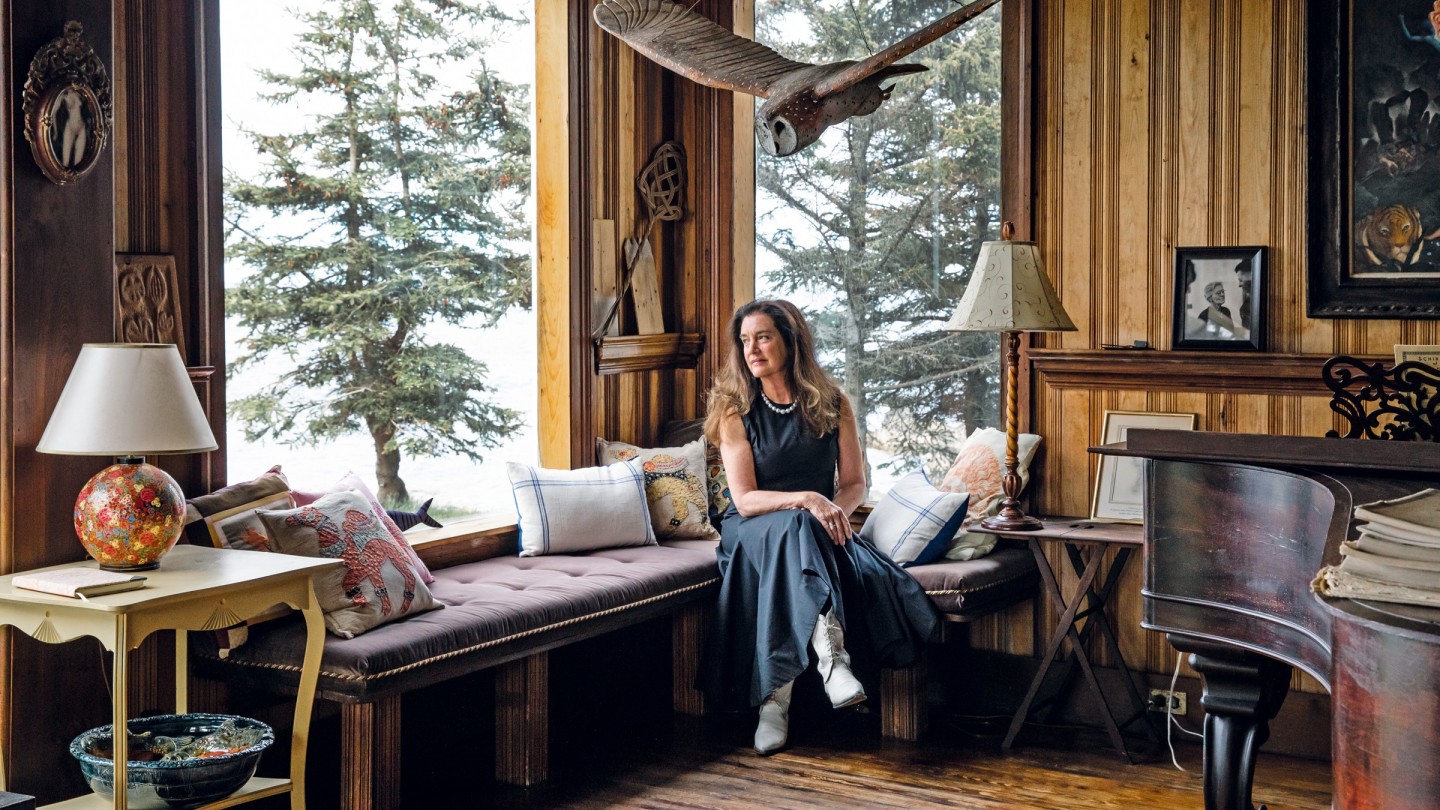
Simply sign up to the Style myFT Digest -- delivered directly to your inbox.
My personal style signifier is my keshi pearl necklace from Kailis in Western Australia. These natural pearls are formed by chance rather than cultured, so they are pure the whole way through and randomly shaped. It’s hard to come by the big ones now. As a biologist, I love pearls because they’re a by-product of a living organism. I wear mine constantly because it improves their lustre.
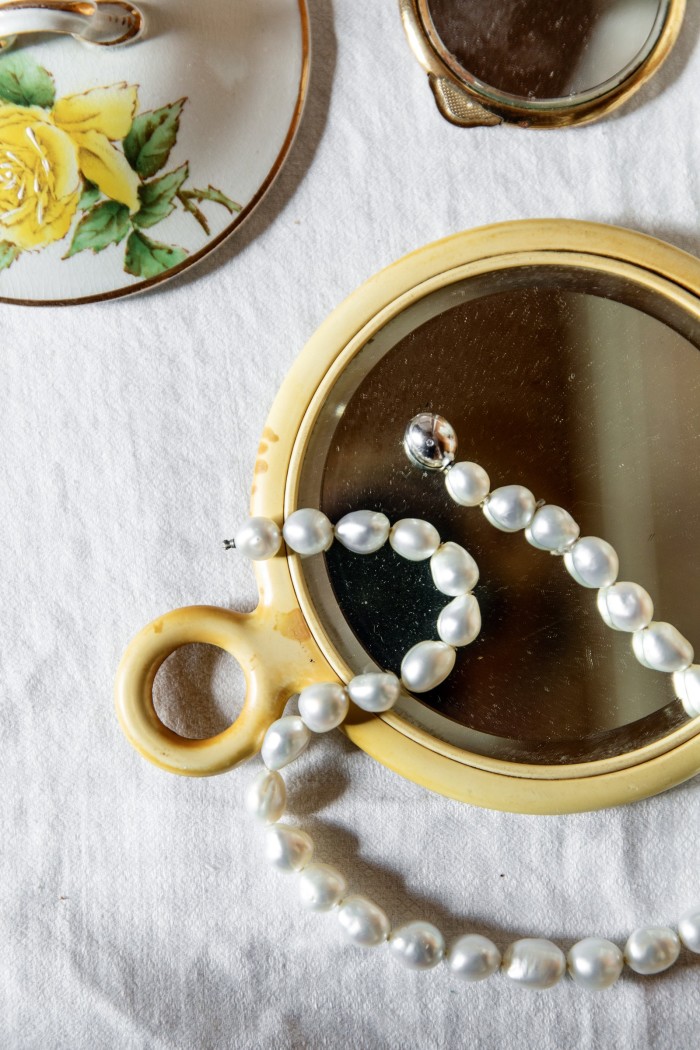
The best book I’ve read in the past year is Earthly Paradise by Colette. Her life was inspirational, and her memories are brilliant – it’s full of richly textured observations of potent childhood events, epic portraits and scandals brushed off like a fleck of dust.
The moment that changed everything for me was when I found the first enhancer in the human genome in 1983, while I was a postdoctoral fellow at the National Institutes of Health [the USA’s medical research agency]. Enhancers are DNA sequences responsible for turning genes on and off. At the time, we had identified enhancers in the DNA of viruses, but didn’t know if they existed in humans. I proposed that viruses had “stolen” enhancers from their human hosts to use for their own nefarious devices. It wasn’t a popular notion and it took me a year to investigate my hare-brained scheme, but I was right. The profound thrill I felt when I knew I’d discovered something really new and fundamental hooked me for life, and I haven’t looked back.
This year, I have relied on my fellow scientists at the Jackson Laboratory [non-profit biomedical research institute]. We are currently designing new tools to develop cures for Covid-19 together. They are brilliant, dedicated and fun. jax.org
The biggest challenge I’m facing is how to keep alive a sense of collective mission among our scientists while we are limited to web-based communication. This pandemic is highlighting how much humans rely on physical closeness for a sense of connection.
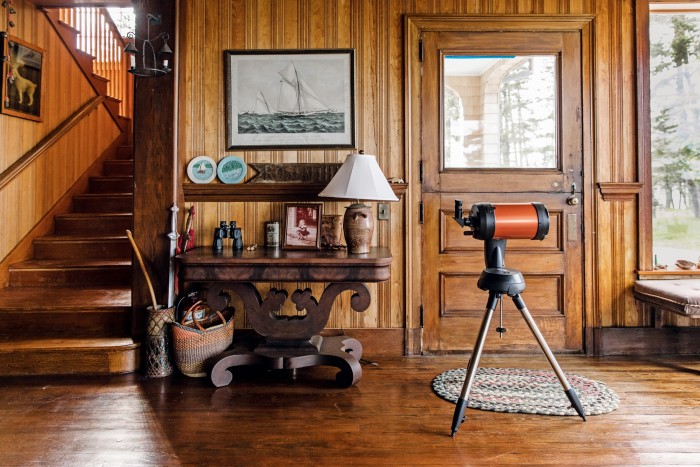
I’ve recently discovered astronomy. The stars are spectacular where I live – on an island in Maine – and my family gave me a Celestron telescope for Christmas. It’s important to look up; it keeps things in perspective. This year, I’ve really come to appreciate the lack of air travel overhead. The skies are clear. Celestron NexStar 6SE, £875, from rothervalleyoptics.co.uk
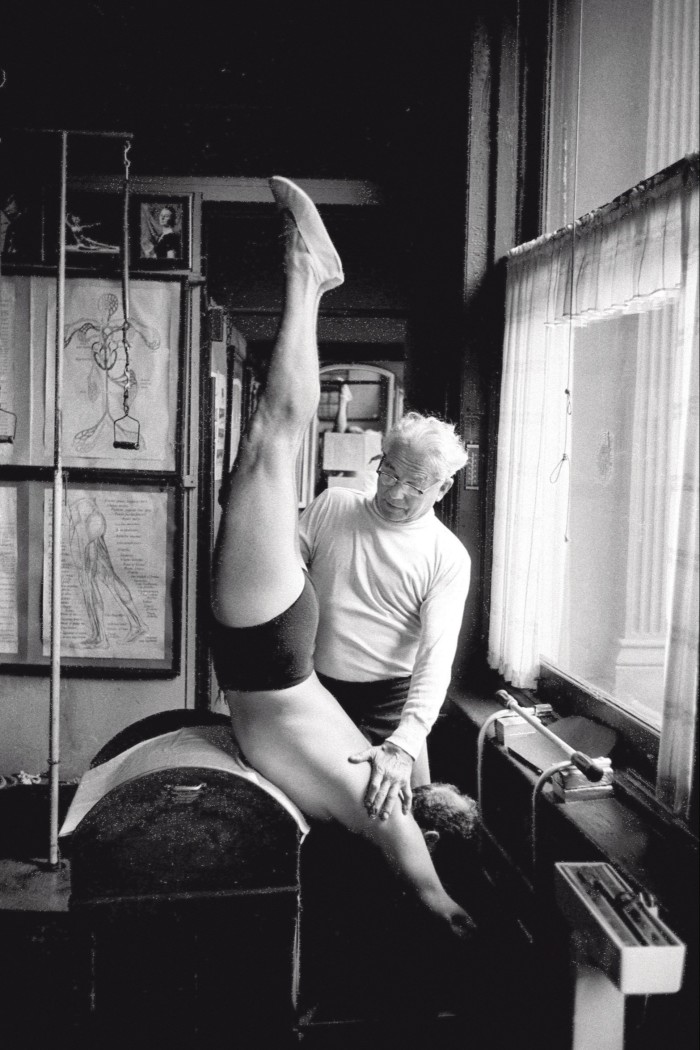
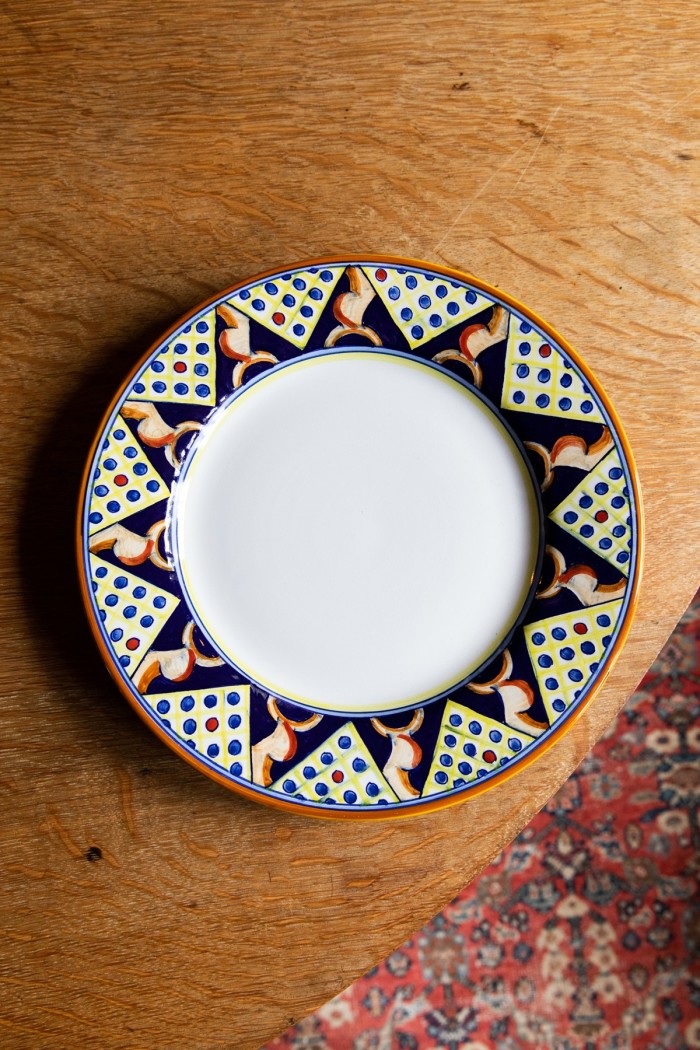
My wellbeing guru was Joseph Pilates. As a young girl I studied with George Balanchine at the New York City Ballet Company. I followed his dancers up the rickety stairs to a rather shabby studio on Eighth Avenue full of strange machines where Joe and his wife, Clara, helped us with our aches and pains. These days I rely on my old wooden wheelbarrow. There are no roads or vehicles on the island where I live. A mile from the dock to the house on a rooted path with heavy groceries requires a strong core.
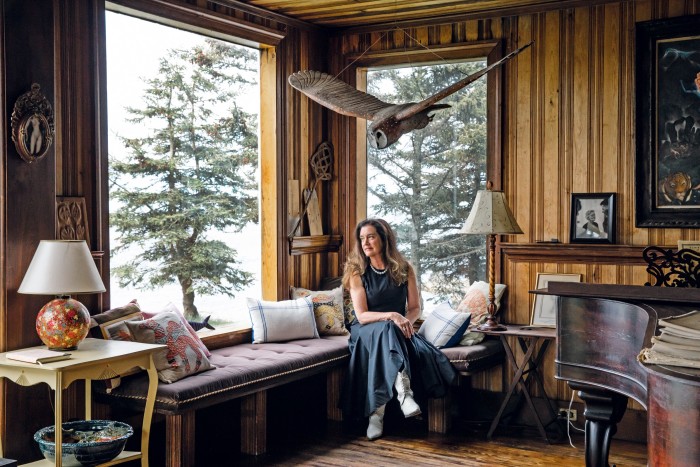
My favourite room in my house is the living room that overlooks the cliffs and the sea. It’s big enough to absorb two grand pianos from the mid-1800s, a wild, surrealistic Adam and Eve painting, a huge fireplace made out of beach stones, and a giant owl in flight by local sculptor Dan Falt. This room has seen so many parties, concerts, weddings – I feel my whole life comes rushing up to greet me when I walk in.
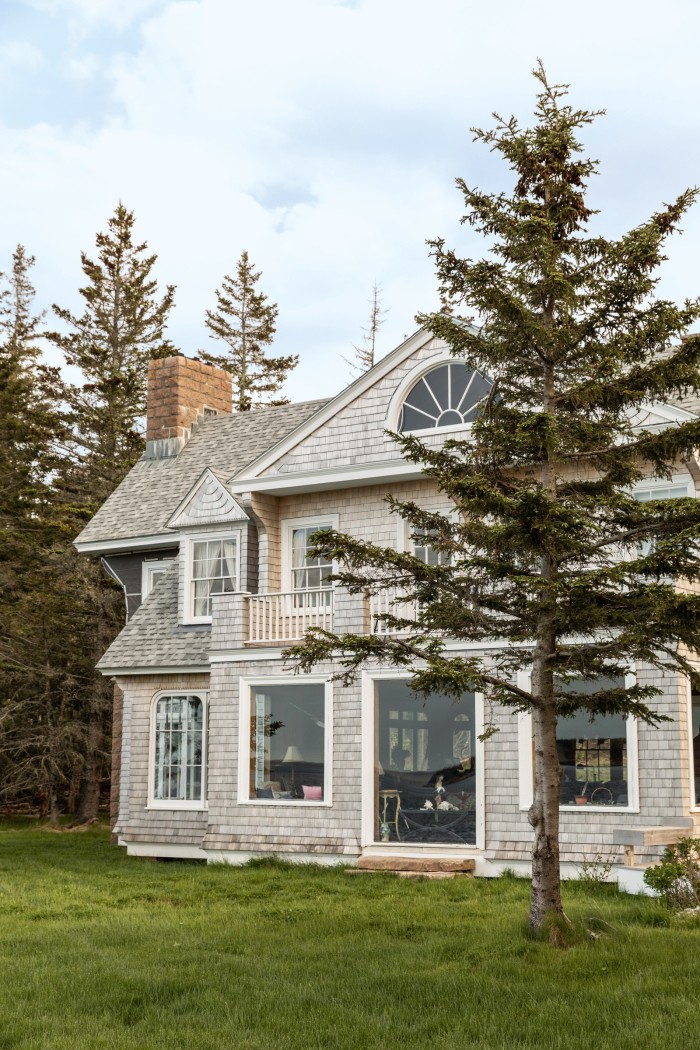
There’s quite a story in these walls. Our house was built in 1889 by the heir to a steam-locomotive fortune, William Burnham of Philadelphia: all lathed cypress panelling, no expense spared. It stayed in the family until the second world war, when a beloved son who adored the house was killed in combat and they couldn’t bear to go back. A decade later the house, left to the ravages of the winter ocean, was given for $1 to friends – two enterprising fellows who spent 10 years restoring it. My parents befriended them – an archaeologist/writer and a geologist/circus rider, both in theatre – on a summer visit to the island in 1955. My family rented the place, then when they ran out of money they sold it to us, plus 10 acres of shore-front property, for $14,500 cash. We had to borrow from family and friends and my father, a struggling film composer, worked for three years straight to pay everyone back. But we had a gem, with a butler’s pantry full of Waterford crystal, Wedgwood and exotic tea sets of the thinnest porcelain; original Stickley furniture in the dining room; the two Steinway concert grands in rosewood cases; bookcases full of first editions of Darwin, Huxley, Spencer… I am still finding treasures in the attic. Half a century later, I was offered the directorship at the nearby Jackson Laboratory, and I commute to work across the straits. You couldn’t make it up.
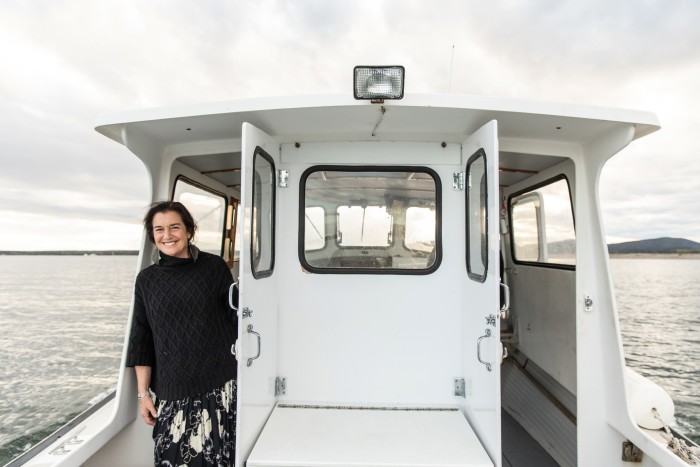
The best advice I’ve ever been given was from my husband, Alan Sawyer, about anxiety: “Life is like a ski-rope tow. Don’t grab the rope until you need to go up the hill, or you will just burn your hands.”
The one artist whose work I would collect if I could is Clifford Possum Tjapaltjarri, the father of modern Aboriginal art. At first, the intensity of the iconography and the intricacy of his technique bowls you over, but digging deeper you realise you are looking at a different reality in which three-dimensional space is naturally overlaid with a roadmap of time. The paintings are just gorgeous.
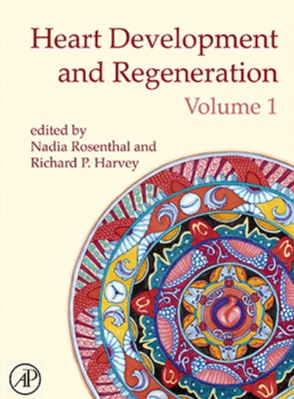
The thing that often surprises people about me is that I design cover art for the scientific journals I edit and the books I write. I’m interested in the heart, and for my last book, Heart Development and Regeneration, I worked with the fabulous ceramicists Franco and Rita Mari in Italy to design a set of decorative borders for plates, representing different stages in cardiac development. Franco and Rita Mari, Via Tiberina Sud, 69, 06053 Deruta PG, Ital
In my fridge you’ll always find Parmesan freshly cut off the wheel, my own preserved lemons, Agostino Recca salted whole Sicilian anchovies and Elevage Blanc from Chimney Rock Winery in Napa Valley.
An object I would never part with is my 1954 BSA Bantam motorcycle in Mist Green. I love it because it was the ride of choice for girls in wellies delivering Post Office telegrams back in the day.
The best gift I’ve given recently was a huge rare set of leather-bound, gold-embossed facsimiles of the illuminated Gutenberg bible, to my father. They weigh about 10lb each and were hand-sewn and bound by Peter Werner in Maine, one of the last great bookbinders.
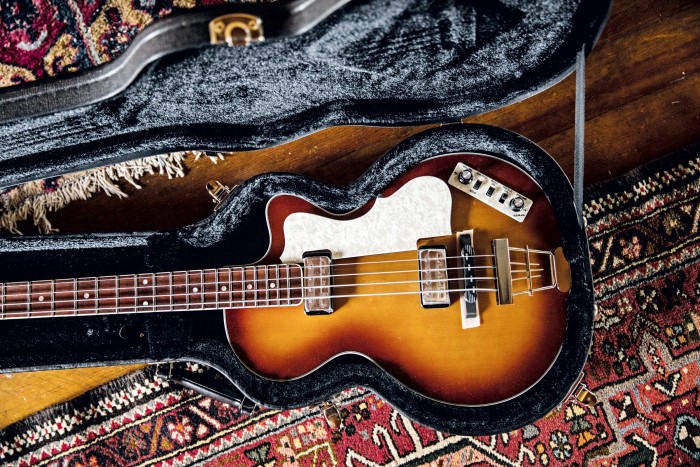
And the best gift I’ve received recently was my Höfner Club Bass guitar. It’s the brand played by my idol Tina Weymouth of Talking Heads and the Tom Tom Club. My husband gave it to me, and he’s asked Tina to sign it once the pandemic is over.
A recent “find” is Fogo Island Inn, off the coast of Newfoundland. It’s run by locals and funnels all surplus profits back into the community, sustaining one of Canada’s oldest rural cultures. It’s a great example of modern architecture with minimal environmental impact. The furnishings are all traditional and it serves up locally caught and foraged ingredients. I’m longing to go.
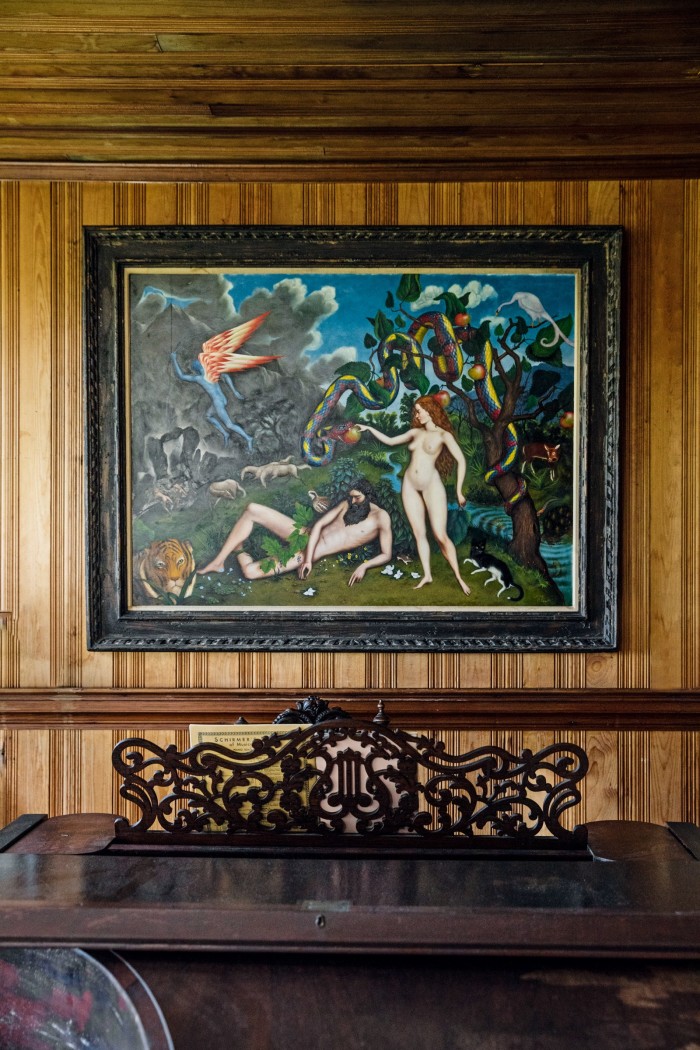
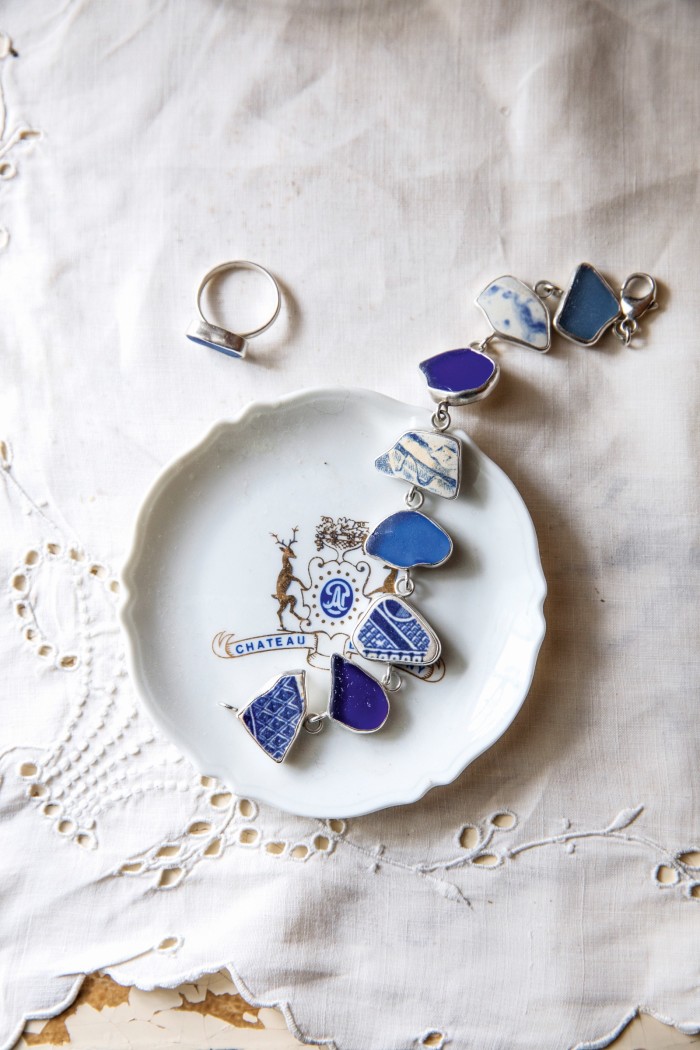
The last thing I bought and loved was a blue sea-glass bracelet from the jeweller Lisa Hall. She and I have been collecting sea glass all our lives. I have bowls of it around the house, but she makes wonderful jewellery out of hers. lisahalljewelry.com
The place I can’t wait to go back to is my house in North Fremantle, Western Australia. I converted an old surfboard factory on the edge of the Indian Ocean. It’s built from glass, forged steel and polished concrete. My idea of a heavenly evening is downing local oysters on the top deck, watching the sun set into the sea.
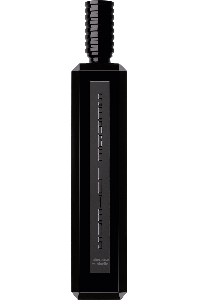
The beauty staple I’m never without is Serge Lutens Tubéreuse Criminelle. It smells of asphalt for the first two minutes, then it becomes sublime. €290 for 100ml EDP
An indulgence I would never forgo is getting my hair cut by Luca of Ciuti & Ciuti in Rome, where I used to live. It takes him 10 minutes maximum, and the results last for months. ciutieciuti.it
I’m hopeful that we can learn from this enforced hiatus in polluting the planet. I’ve already vowed to cut right down on my hectic travel schedule. It’s an indulgence. Perhaps I’ll have to cut my own hair.
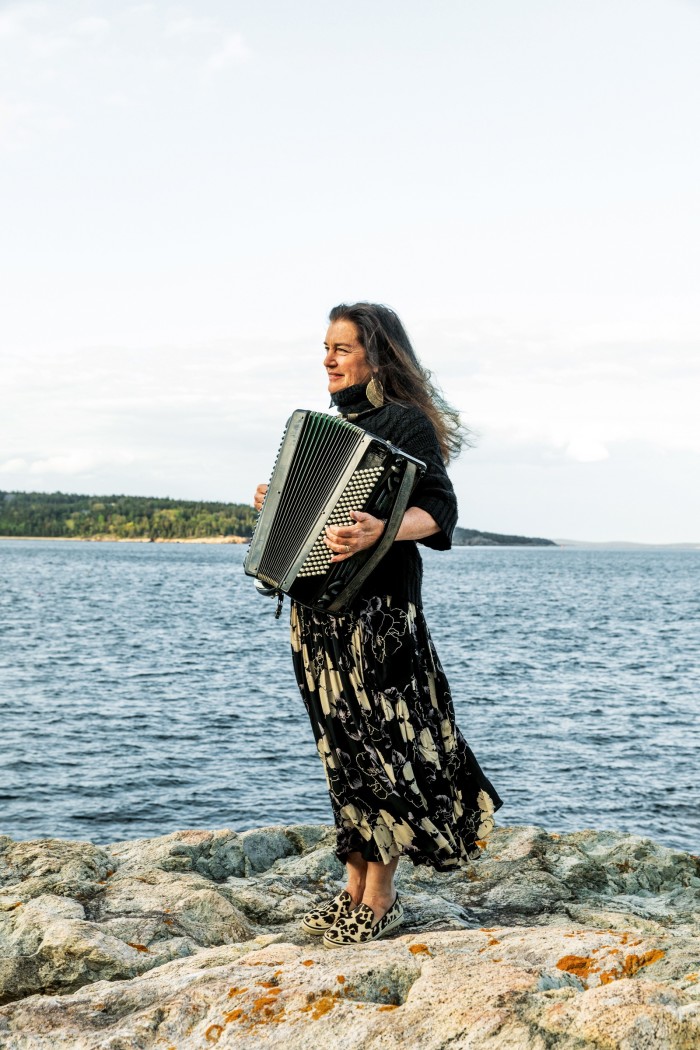
To de-stress, I sit on the rocks outside my house playing my old Serenellini ladies’ accordion and listening to the channel marker bells on the water. I’ve been hearing them since I was two years old.
The last music I downloaded was the album Last Leaf by the Danish String Quartet. They are brilliant classical musicians playing haunting but contemporary lyrical interpretations of Nordic folk melodies.
The best souvenir I’ve ever brought home is an antique tribal wedding carpet from a wonderful merchant, Mr Cisko, in the markets of Istanbul. The stories he told over hot sweet tea were as good as the carpet.
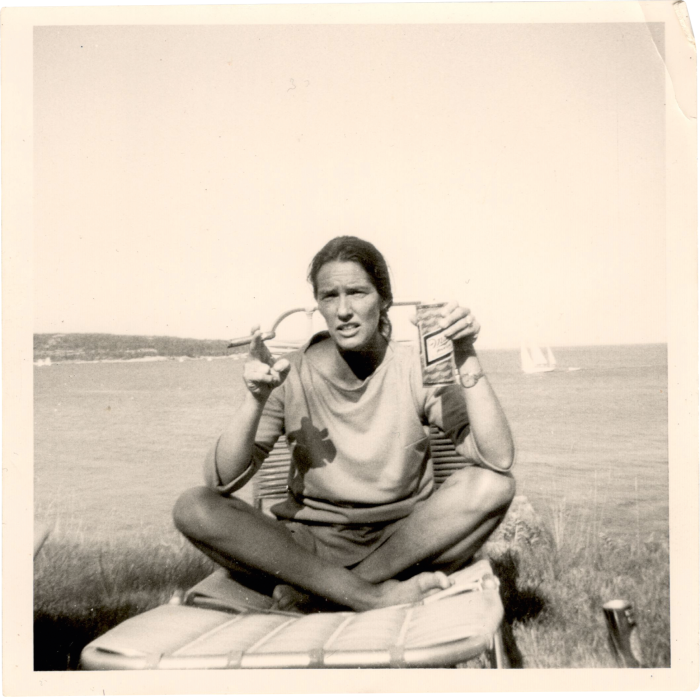
I have a collection of shoes. Cowboys from Aspen and Santa Fe; high-heel boots from Max Mara and Armani for the evening; my mother’s vintage green satin pumps from Charles Jourdan; and my Alberta Ferretti flowered mules. I love taking care of the ones I’ve had for decades – they tend to come right back in style and nobody else has them.
If I didn’t live in Maine, the city I would live in is London. I retain a professorship at Imperial College London, and running my lab there gives me a great excuse to visit my favourite city and my London-based family. After work I head straight to the V&A for inspiration, Daunt Books for a guaranteed great read, The Laboratory Spa and Health Club for its wonderful pool, and Moro in Exmouth Market for dinner.
If I weren’t doing what I do, I would be a painter. I was warned off it by my PhD adviser when I asked him whether I should do art or science. “You can always make a living being a mediocre scientist,” he replied.
Comments